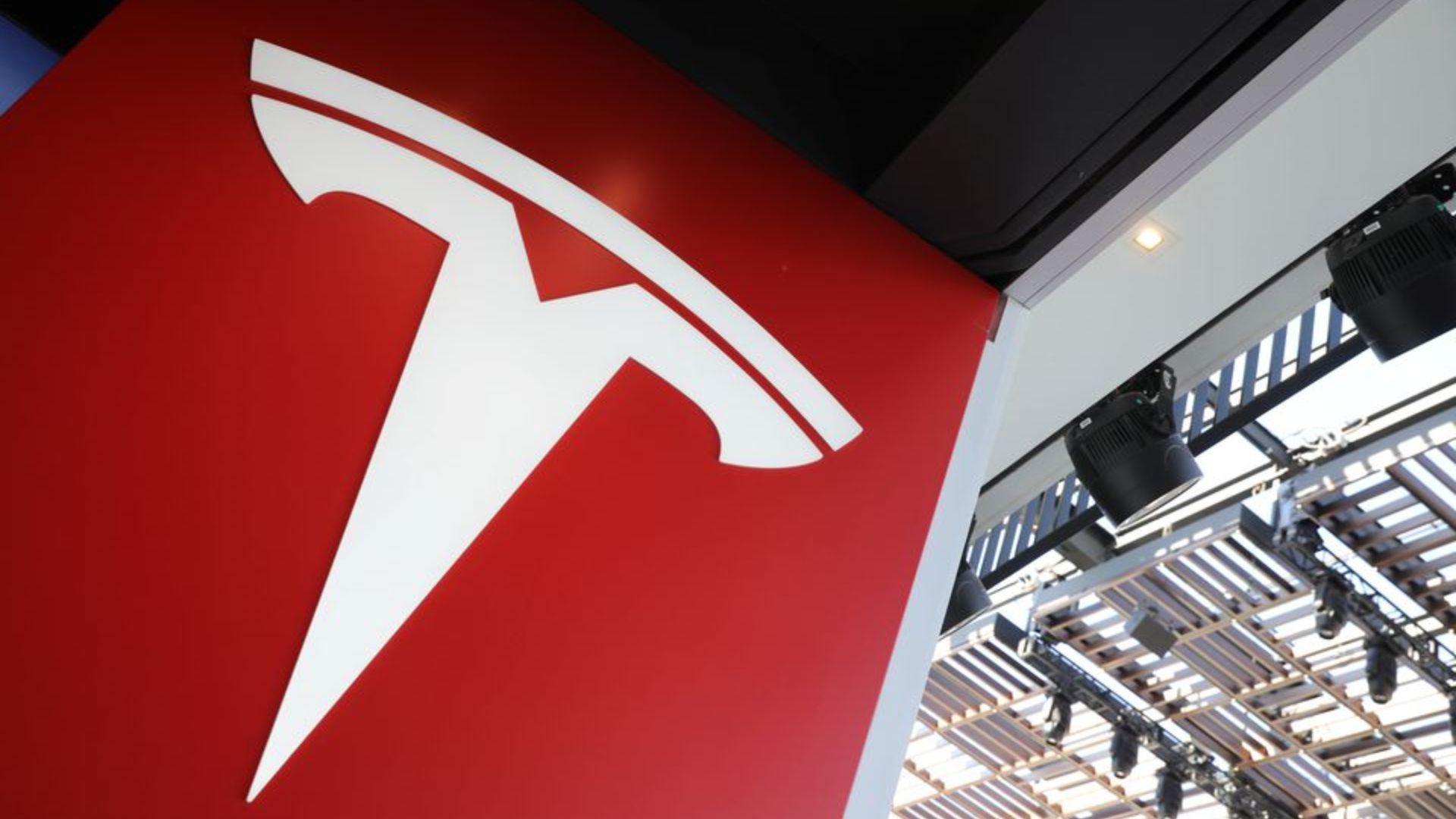Reuters 4 min read
WASHINGTON, June 17 (Reuters) – U.S. auto safety regulators said on Thursday they have opened 30 investigations into Tesla (TSLA.O) crashes involving 10 deaths since 2016 where advanced driver assistance systems were suspected of use.
The National Highway Traffic Safety Administration (NHTSA) released a list offering details about crashes under review by its Special Crash Investigations programs.
The agency had already confirmed some specific Tesla crash investigations but had not previously released to Reuters a full accounting of all Tesla crashes investigated where Tesla’s Autopilot system was suspected of being involved.
Of the 30 Tesla crashes, NHTSA has ruled out Tesla’s Autopilot in three and published reports on two of the crashes.
Tesla did not immediately respond to a request for comment.
Reuters first sought a full list from NHTSA more than a year ago under a public records request. The list only includes the state and month the crashes occurred.
Previously, NHTSA said it had opened 28 special crash investigations into Tesla crashes, with 24 pending. The spreadsheet shows a February 2019 crash where Autopilot use was undetermined.
Autopilot, which handles some driving tasks, was operating in at least three Tesla vehicles involved in fatal U.S. crashes since 2016, the National Transportation Safety Board (NTSB) has said. The NTSB has criticized Tesla’s lack of system safeguards for Autopilot, which allows drivers to keep their hands off the wheel for extended periods.
The spreadsheet shows NHTSA has opened eight investigations into Tesla crashes since March.
The issue has gotten new attention after a fiery April 17 Texas crash that killed two men in Texas in which police had said they believed no one was behind the wheel.
The National Transportation Safety Board said in May that testing suggested the vehicle’s automated steering system was “not available” on the road where the accident occurred.
On Wednesday, Senate Commerce Committee chair Maria Cantwell cited Tesla crashes as the panel voted against moving ahead with regulations to speed the adoption of self-driving cars.
Separately, NHTSA has conducted no new tests after it withdrew its designation last month that some newer Tesla Model 3 and Model Y vehicles as having four advanced safety features after the automaker said it was removing radar sensors to transition to a camera-based Autopilot system.
The agency said Thursday that after discussions with Tesla it restored the lane departure warning designation after Tesla confirmed the technology was unaffected.
NHTSA said in a statement it has “not yet finalized the list of Model Year 2022 vehicles” for testing.
The other four include two involved a 2012 Lexus RX450H and 2017 Navya Arma in which there were no reported injuries.
The remaining two involved 2017 Volvo XC90 vehicles, including an Uber Technologies self-driving test vehicle that struck and killed a woman in Arizona in 2018.
Uber made a series of development decisions that contributed to the crash’s cause and deactivated the automatic emergency braking systems in the Volvo XC90 vehicle, safety investigators found.











